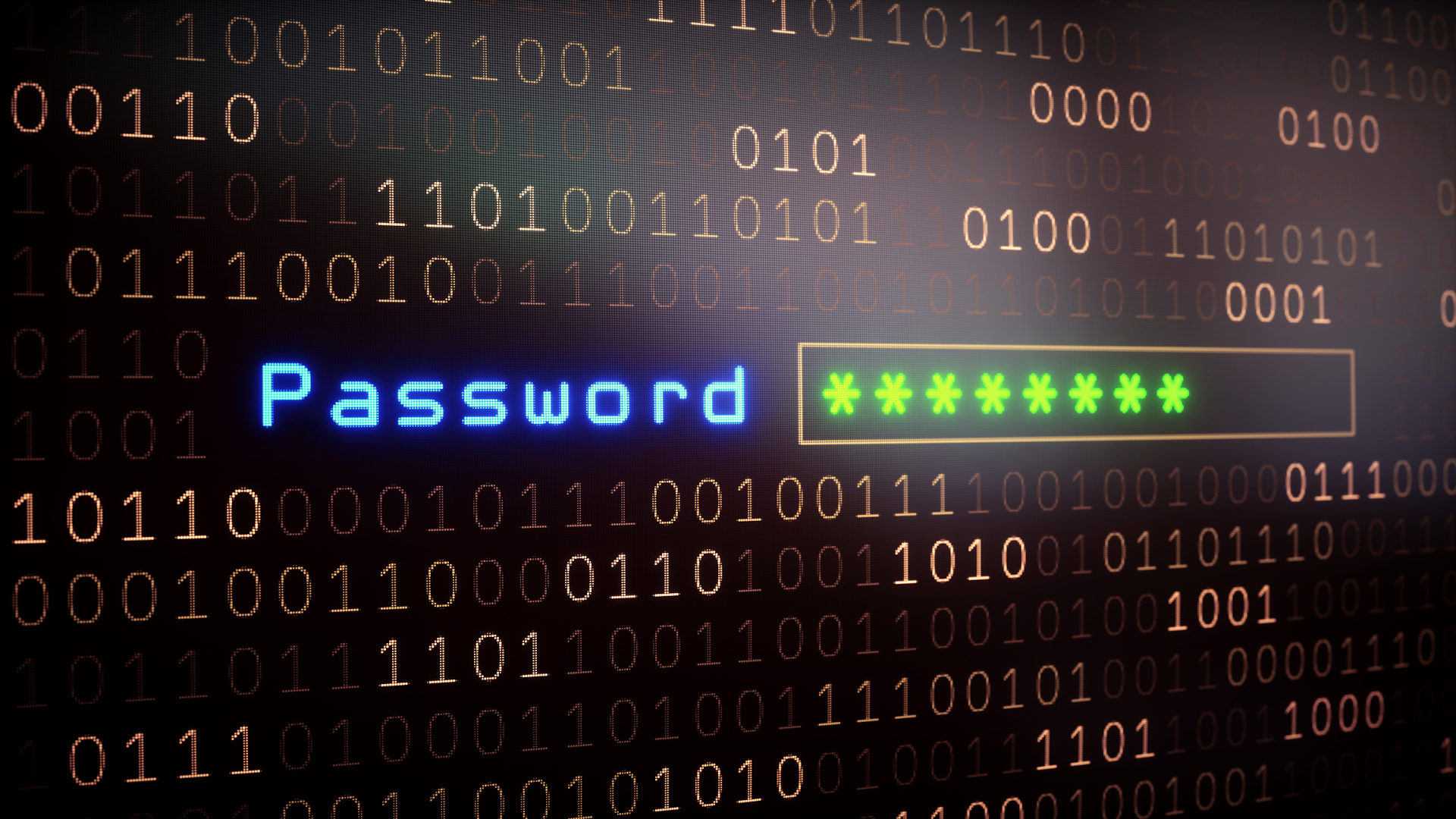It’s funny to joke about people using “password” as their password, but it turns out that almost a third of us aren’t even that advanced when it comes to protecting our smart devices. We’re talking about things like smart lights, smart locks and smart speakers here rather than your actual computers and phones.
According to a study by Avira’s IoT research team, 34% of all cyber attacks on smart devices occur because there is no password set to access that device. The most common smart device attacks center on gadgets like smart TVs and smart cameras. Hackers usually start by trying a series of default and common usernames and passwords - things like “admin” and “support”, the sum of which accounted for 22% of all other hacks into smart devices.
Since attacks where no password was required were more common than where often used default passwords were used, this suggests that many smart devices don’t come with any password protection by default. So, what does this mean for you and how can you ensure that your smart devices are protected?
Protecting your smart devices
The biggest takeaway from this finding is that you should manually set your own username and password for all of your smart devices when you first buy them. While this is easy on something like a smartphone, it’s less immediately obvious on a smart device that doesn’t have a screen. Fortunately, most smart devices have a user interface that is accessible via your home computer or laptop.
Simply follow the instructions in your gadget’s user manual (and if you’ve lost that or thrown it away, search online for the user manual, as most manufacturers keep online copies too).
Keeping your devices updated is also important. Most smart devices will automatically update themselves with the latest software updates so long as they have a connection to the internet, but others will need you to manually update them (usually via a smartphone app).
It’s also worth noting that all your smart devices will be connecting to the internet via your router, so it’s important to make sure that you have one of the best WiFi routers with built-in security features too. Oh, and make sure you have a secure password setup for connecting to your router too (both for connecting to the internet and accessing the user interface).

